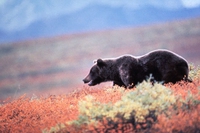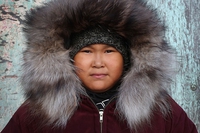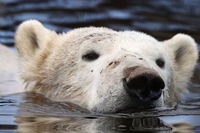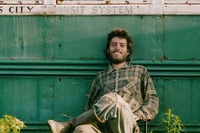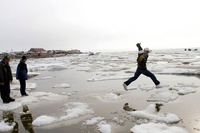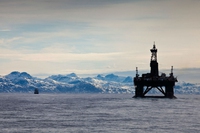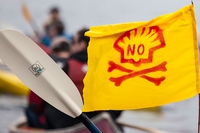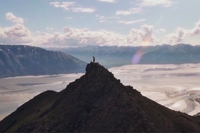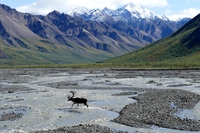
Trump green lights oil and gas drilling in Alaska
Oil and gas companies will be allowed to drill in a protected nature reserve, 7.8 million hectares of wilderness across northeastern Alaska.
Oil and gas companies will be allowed to drill in a protected nature reserve, 7.8 million hectares of wilderness across northeastern Alaska.
Pebble Mine, a new mining project in Alaska, threatens the habitat of thousands of brown bears as well as the local fishing industry.
Kivalina is located on a small island once guarded by sea ice, which is now melting due to global warming. While the sea threatens to wipe the village off the face of the Earth, its inhabitants refuse to give up their lives and traditions.
The United States will have to obey restrictions and won’t be able to expand oil exploration in the Arctic and Atlantic Oceans, against President Trump’s will.
It’s been 27 years since the death of Chris McCandless, the young man who dropped everything to experience authentic life in Alaska’s wilderness. His story has been told in the book and movie Into the Wild.
The inhabitants of Shishmaref, a small village in the heart of Alaska, have decided to relocate their town due to rising sea levels.
The oil giant has announced it will end exploration drilling in Alaska. A huge victory for environmental activists.
After having restored the name Denali, coined by the Koyukon Athabascan ethnic group, to Mount McKinley, the US’ tallest mountain (20,237ft, i.e. 6,168m), Alaska, the US President Barack Obama is on a mission “into the wild” (quoting the famous book by Jon Krakauer) to discover, experience and tell the life of the Alaskans who are
Hundreds of environmental activists filled the Elliott Bay, Seattle, United States, on board of kayaks, protesting against the decision of the Dutch oil company, Royal Dutch Shell, of exploring for oil off Alaska during summer. Kayakers formed a chain blockading the port of Seattle’s Terminal 5 in order to impede the Polar Pioneer
[vimeo url=”http://vimeo.com/101584491″] In the days right before and after the summer solstice, i.e. the year’s longest days, the sun doesn’t set in some areas of the polar circles and the poles, but it shines even at midnight. In the boreal hemisphere, summer solstice usually is on 21 June. There are just a few places
